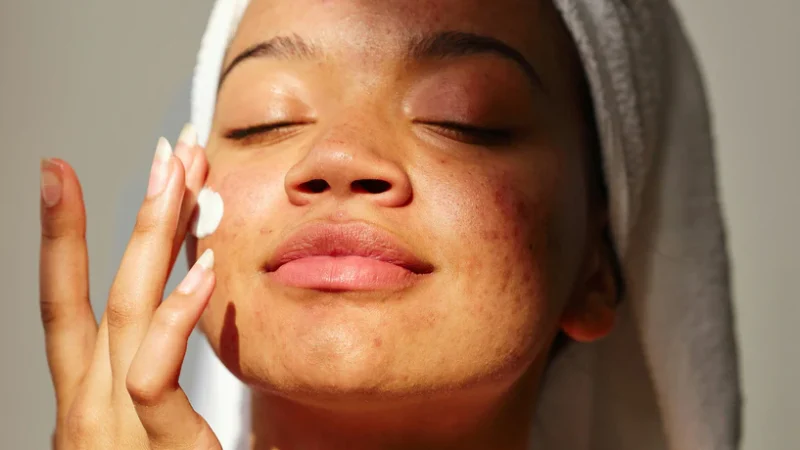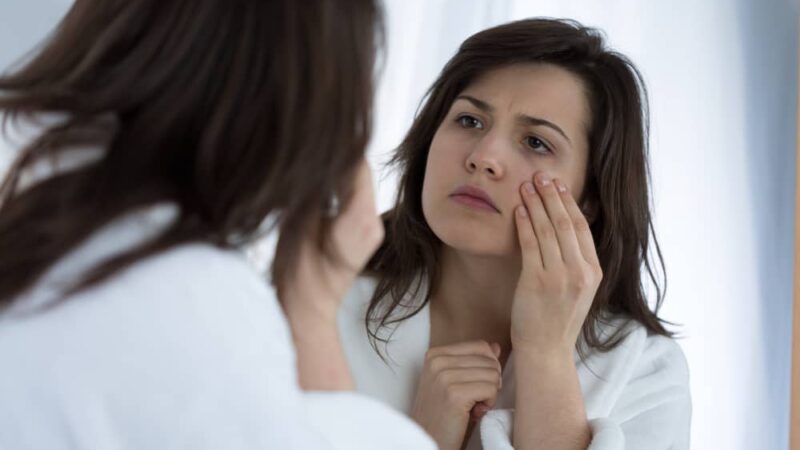Home Remedies To Cure Menstrual Cramps

Menstruation is often painful for more than 50% of women. Discomfort and irritation around your belly, abdomen, back, and inner thighs are common symptoms during menstruation. As the muscles of your womb contract to shed built-up lining, you experience period cramps, also known as dysmenorrhea. Apart from menstrual cramps, you may also experience nausea, vomiting, headaches, and diarrhea.
Science hasn’t yet proved why some women who menstruate experience pain and others don’t. Some of the reasons associated with intense pain are as below:
- Heavy flow during the period
- Having your first child
- Teenage
- Overproduction of prostaglandins, a compound that affects your womb
- Growth in your uterus
- Endometriosis
- Use of birth control pills
Remedies
For mild cramps, there are home remedies that can prove very effective in relieving your pain to a great extent without any side effects. You can try the below remedies for your next period cycle to see the results.
- Heat application
Heat application is considered one of the most effective remedies for period cramps. It is, at times, as good as a painkiller. You may apply heat to the areas of pain, like the abdomen and lower back. Since you cannot be connected to a heating pad all day, you may use a heating patch, a hot water bottle, or a warm towel.
- Over-the-counter medications
If you are suffering from severe menstrual pain and have a heavy period flow, then nonsteroidal anti-inflammatory drugs (NSAIDs) are the general over-the-counter (OTC) pain relievers recommended. Ibuprofen (Advil) and naproxen (Aleve) are the common anti-inflammatory NSAIDs that the doctor recommends in the case of severe menstrual cramps. They aid in the management of prostaglandins in the lower body. Pain relievers used to cure headaches can also aid in relieving menstrual pain. Though NSAIDs are not as efficient as oral contraception in reducing prostaglandin, they can surely help relieve pain.
- Have an orgasm
There is no clinical proof that orgasms relieve menstrual cramps, but science suggests that it may help. An orgasm affects your whole body, mainly your brain and spinal cord. It triggers the brain to release neurotransmitters such as endorphins and oxytocin. Endorphins calm your pain perception. A study has also proved that vaginal stimulation doubles a woman’s tolerance power.
- Yoga and exercise
Any kind of exercise, such as walking, cycling, sports, or aerobics, can reduce your cramping. Even though exercising immediately before or during your period may sound a little unappealing, you should try some moderate exercises as they release endorphins. Walking should be suitable for the majority of the girls during this time.
Yoga also helps release endorphins and thereby prevents period cramps. Studies have proved that aerobic exercise and yoga both ease PMS symptoms to a great extent. They relieve the intensity of the pain. Yoga and meditation were found to be more effective than aerobic exercise at decreasing menstrual symptoms. The below-listed poses relieved menstrual cramps:
- Cat-Cow pose
- Child’s pose
- Plank pose
- Cobra pose
- Birth Control
When the mentioned self-help ways do not work, you need to see a doctor to cure your menstrual cramps. Doctors may prescribe birth control that injects hormones into your body, thereby reducing the pain. There are many ways to do this. It includes birth control pills, injections, patches, and intrauterine devices. The doctor may prescribe this after analyzing your lifestyle and body.
- Supplements
If you are trying to improve your lifestyle, then, along with healthy food, supplements are also important for your holistic health. Supplements like magnesium, fish oil, vitamin B1, B6, calcium, etc. go a long way in increasing your resistance power. This in turn helps to combat period pain.
- Herbs
India is a rich hub as far as different medicinal herbs are concerned. They are all tested and proved beneficial for different conditions. The below listed herbs contain anti-inflammatory and antispasmodic compounds that can ease the muscle contractions and inflammation during menstruation. Herbal teas like chamomile, red raspberry, fennel, peppermint, and cramp bark relieve muscle spasms and relax the nerves. Herbs like turmeric, fennel seeds, ginger, cinnamon, pycnogenol, and dill reduce blood flow, nausea, and vomiting, along with easing period cramps.
- Diet
Your entire well-being depends on the food you eat and the exercise you do. If you are aiming to have a smooth period, your diet should comprise negligible processed foods, high fibers, and green vegetables. Lots of fruits like papaya and other seasonal fruits are recommended during this time. Brown rice is rich in vitamin B6. Different nuts and seeds provide good sources of manganese that lessen the cramps. Olive oil and broccoli contain a high vitamin E content. Chicken and fish are high in iron, which you lose during the period. The omega 3 that you get from flaxseed has antioxidant properties that help in reducing swelling. Avocado, peanut butter, and prunes have high boron, a mineral that diminishes period pain. Also, consuming water-based foods increases your hydration during these days. Some of them are lettuce, celery, cucumber, watermelon, berries, etc. Drinking more water helps in avoiding painful bloating. It boosts blood flow and relaxes muscle cramps.
Things to shun
While we studied the above things to include in our diet and lifestyle, there are some things that you need to avoid in order to reduce menstrual cramps. They are alcohol, stress, caffeine, white sugar, and junk food. Overconsumption of these makes the cramping worse.
When to see a doctor
You should contact your doctor if you observe any of the following conditions during menstruation:
- Heavy blood flow and severe pain
- The pain that makes you unable to carry out your basic day-to-day activities
- If the pain worsens and the bleeding gets heavier and lasts for many days
- If big clots are seen in the bleeding
- If the period is not regular and very painful
The doctor will perform a pelvic examination to ensure that everything is normal. He may study your menstrual history, lifestyle, and family history and derive treatment on the basis of these as well as your age, children, and profession.
Conclusion
Menstrual cramps are widely seen in women, and their intensity is different for each of them. You can try home remedies and make lifestyle changes to see the results. If the spasms are still unbearable, you may seek the help of a doctor. But during this whole process, it is of utmost importance to stay stress-free. Nothing is there which cannot be treated and cured. You just need to stay calm and find your way out through these remedies.






